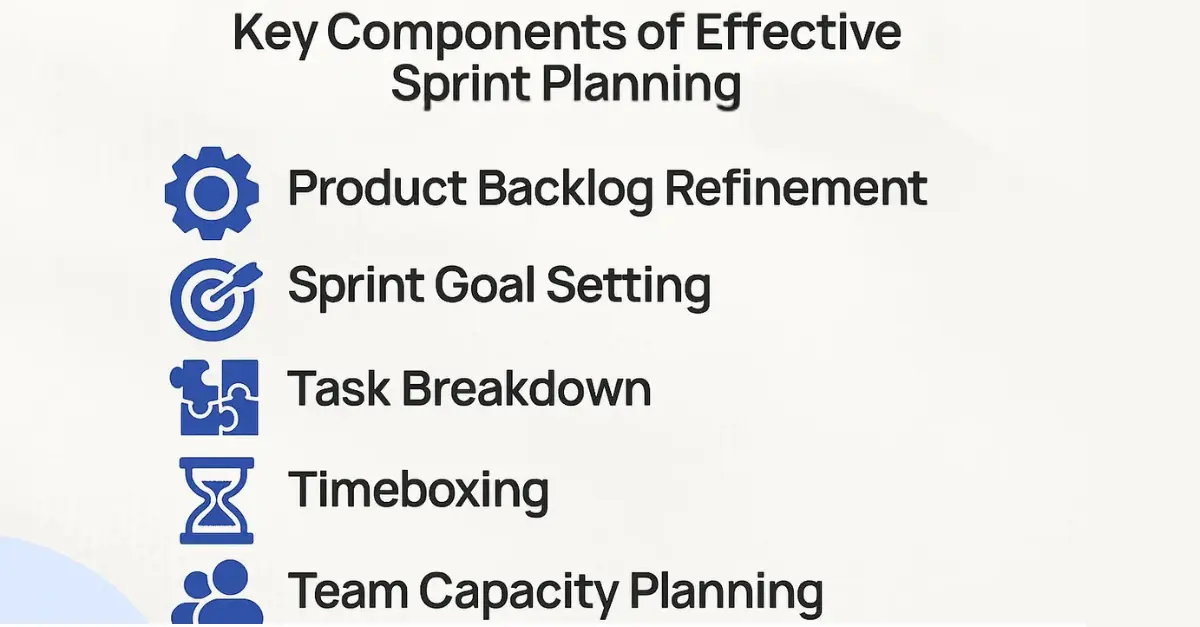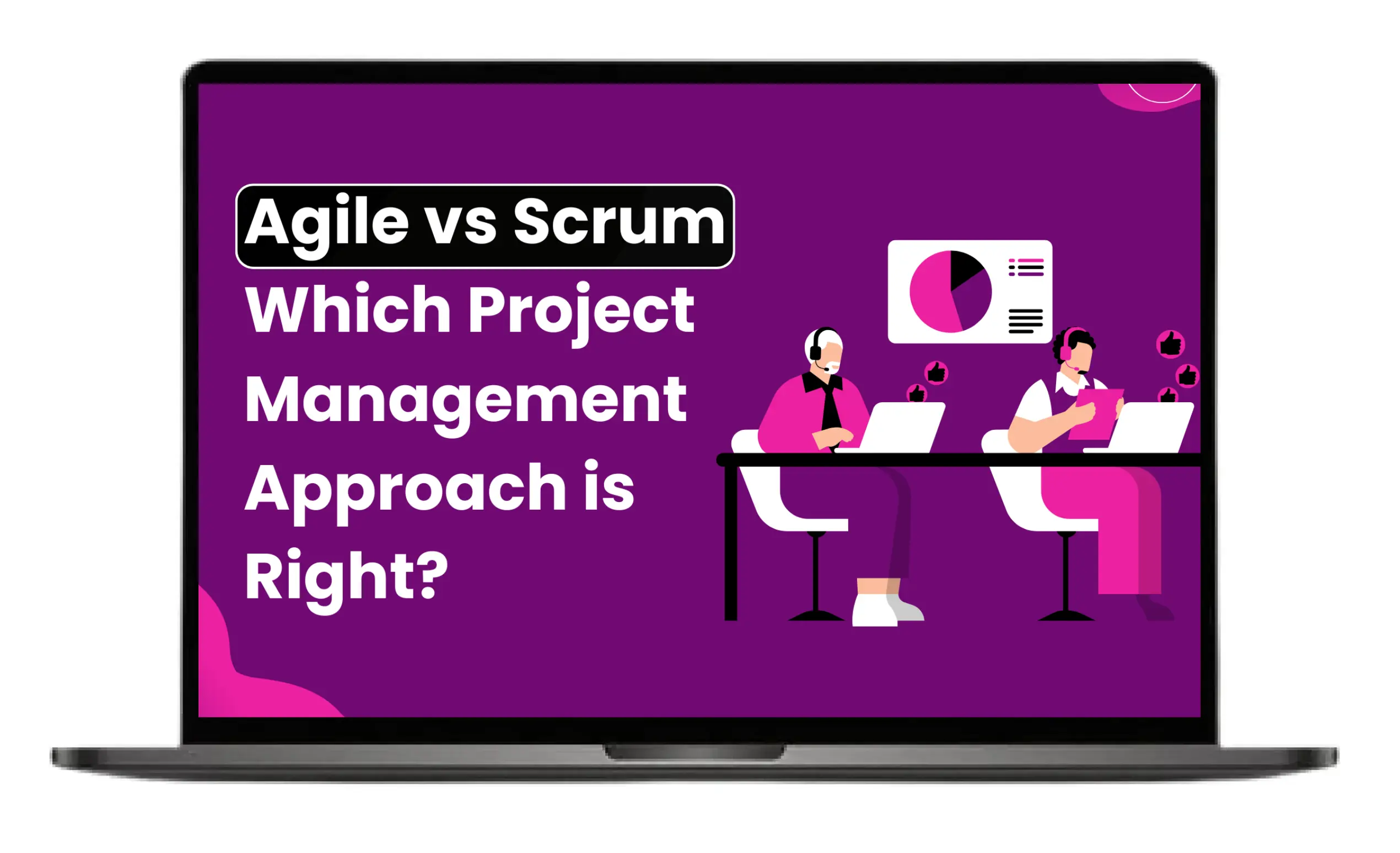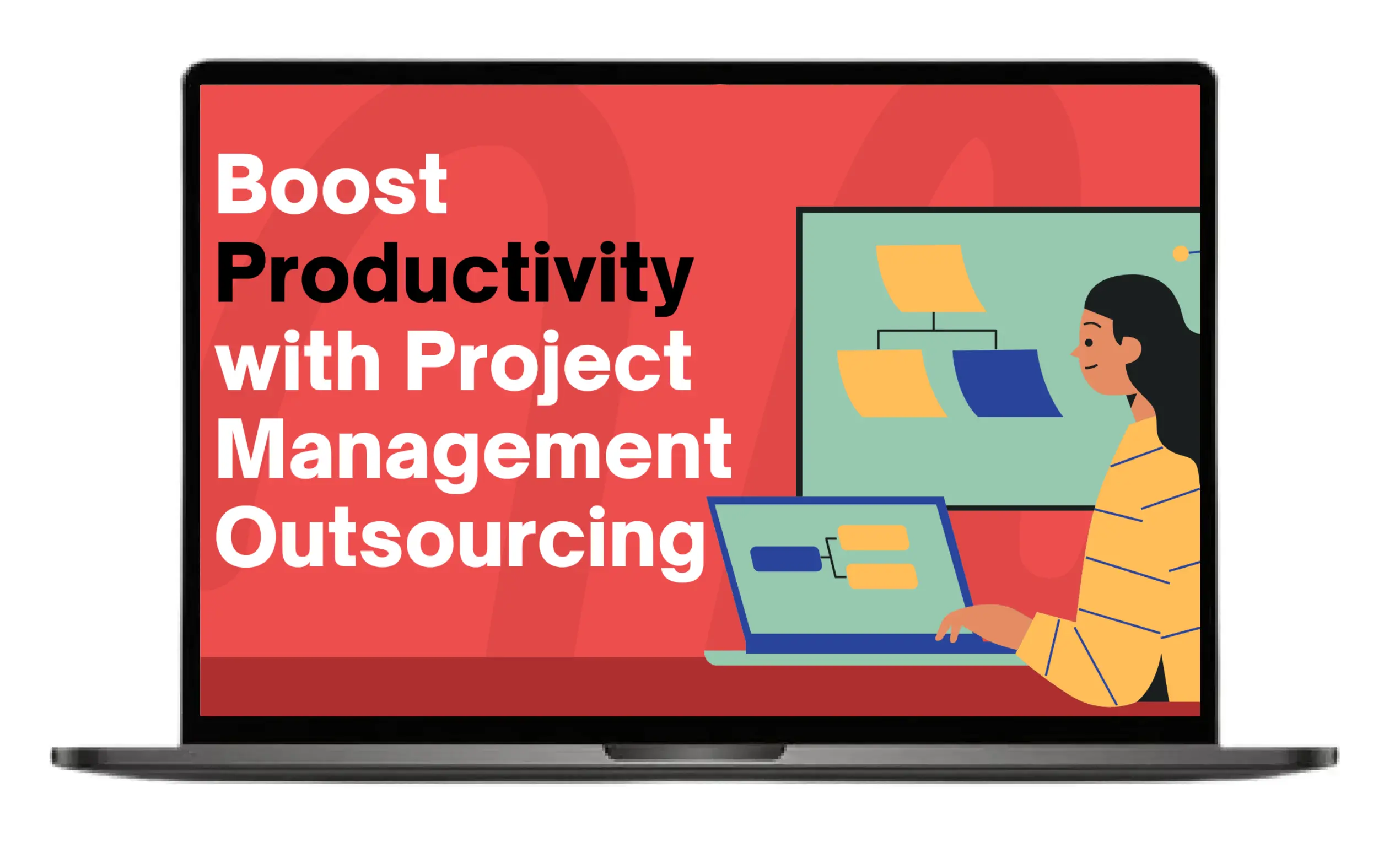
Successful agile projects need sprint planning. You may have wondered why projects that begin well often end up failing. You are not alone. Whether you are an established business or a startup, you need to master sprint planning. We will explain what sprint planning is, its importance, and the key steps of effective sprint planning.
What is Agile Sprint Planning?
In the scrum framework, sprint planning is the process by which the team decides about what will be achieved in the upcoming sprint. One sprint is typically about 1-4 weeks long. The team selects the prioritised tasks from the product backlog, and a sprint goal is set. It is divided into small steps to achieve the goal in a timely manner.
What is the role of sprint planning?
Sprint planning in the Scrum framework is important for:
- Aligns team to the objectives
- Ensure transparency
- Enhance collaboration
What are the key stakeholders involved?
There are three main stakeholders in sprint planning:
- Product Owners: They prioritise the project backlogs and define the goals. They ensure that the team is aligned with the project goals.
- Scrum Masters: They help to streamline the process. They facilitate the meeting for sprint planning.
- Development Team: They are responsible for dividing user stories into small tasks. They also deliver product backlogs.
Key Components of Effective Sprint Planning
There are five key components of effective sprint planning:

Product Backlog Refinement
A productive sprint needs a well-refined product backlog. It involves the selection of user stories and then prioritisation of these stories based on their business impact. These stories are refined according to acceptance criteria. This ensures that the team focuses on what matters most.
Sprint Goal Setting
Every sprint needs a clear goal. It is a concise statement that describes what the team aims to accomplish after the sprint. It must be clear, measurable, and aligned with the broader agenda. This ensures that the team remains focused on the project.
Task Breakdown
User stories are divided into small tasks. Each task must have a clear goal with a defined timeline. Tools such as story point voting, planning poker, and Wideband Delphi can help to increase collaboration between teams. It reduces ambiguity and ensures that everyone understands their role in accomplishing the sprint goal.
Timeboxing
Timeboxing means to assign clear timeframes for every task in a sprint. It enhances practicality and avoids over commitment. It ensures that the team follows strict timelines and delivers priority tasks on time.
Team Capacity Planning
Team Capacity Planning aligns tasks with the team's capabilities and capacities. It must take into account different factors, such as technical expertise, training, holidays, and other team commitments. This procedure ensures that the workload is realistic and does not lead to overcommitment.
Step-by-Step Guide to Agile Sprint Planning
There are several steps to follow in agile sprint planning. These steps include

Pre-Planning Preparation
Before the actual meeting, start by planning the product backlog with product owners. Always consult the stakeholders and experts to refine the product backlog. Remove any outdated user stories and prioritise the updated ones.
You must consult all team members so that they make realistic commitments. You can consult the previous sprint to highlight improvement areas.
Conducting the Sprint Planning Meeting
In a sprint planning meeting, the goal of the sprint is clearly defined. The product owner bears the responsibility of elucidating the prioritisation of certain user stories in the product backlog. You can use agile tools such as Jira for backlog management. Similarly, Trello’s visual dashboard can assist in highlighting the to-do tasks.
Defining the Sprint Backlog
In this step, the sprint backlog, which is the overall plan to guide the sprint, is designed. The prioritised user stories are divided into smaller steps. For every step, a timeline is set to ensure the timely delivery. It helps in setting realistic expectations and prevents overcommitment.
Finalising the Plan
In this step, you must review the proposed plan. The careful examination can highlight any constraints and suggest adjustments. The team must be confident enough to complete the sprint on the set timeline and with the resources.
Best Practices for Sprint Planning Success
Following are the best practices you must follow to succeed in sprint planning:
- Consult all stakeholders such as product owners, developers, and testers
- Use previous sprints as a guide for improvement.
- Every meeting must have a clear agenda and timebox.
- Use Agile tools to collaborate and track progress
Common Sprint Planning Mistakes
These are the common mistakes that you must avoid in sprint planning:
- Poor backlog management
- Unclear user stories
- Overcommitment by team
- Setting unrealistic goals
- Ignoring team skills and capacity
Tips to Facilitate Sprint Planning
Sprint planning can be virtual and in-person. The following tips facilitate sprint planning.
Virtual Agile Sprint Planning
Following tips can help in facilitating sprint planning in remote settings:
- Take input from everyone.
- Share goals and agenda with the team before setting any expectations.
- Use platforms like Zoom and Google Meet for video conferences.
- Use tools like Mural and Miro for online whiteboards.
- Use PointingPoker and Scrum Poker to track real-time progress.
In-Person Agile Sprint Planning
These tips can help you in in-person agile sprint planning:
- Use whiteboards and sticky notes
- Learn nonverbal clues to enhance engagement.
- Use group discussions to ensure that everyone is aligned with the goal.
- Encourage open discussion to take input from everyone.
Ideal Sprint Length
Typically, an ideal sprint must be between one and four weeks long. However, the most common length is two weeks. But, you must consider a few things before deciding the duration of the sprint. If your project is complex and needs quick updates, then a shorter sprint is ideal. It will provide you with quick feedback so you can adjust accordingly.
If your project does not require frequent changes, then longer sprints are common. This is because your team already knows each other and can work effectively together.
Conclusion
Sprint planning is essential for any successful agile sprint. You must refine your product backlog and set clear goals for the sprint. Timeboxing and setting realistic goals are important for the sprint. Additionally, you should avoid overcommitments and review the previous sprint for highlighting areas of improvement. By following these steps, you can have a successful agile sprint plan.
FAQs
What is the ideal duration for a sprint planning meeting?
A sprint planning meeting for a 2-4-week-long sprint ideally lasts 2-3 hours. The purpose is to incorporate everyone's input and make the goal evident to all team members.
What’s the difference between the product backlog and the sprint backlog?
Product backlog is the list of all work for a product. It is owned by the product owner. The sprint backlog is the list of user stories that are selected for that particular sprint.
How do you handle scope creep during a sprint?
Scope creep is the expansion of the scope of a sprint without any realistic goals. It is important to clearly define the sprint backlog and set clear goals depending on the team's expertise and capabilities.



















